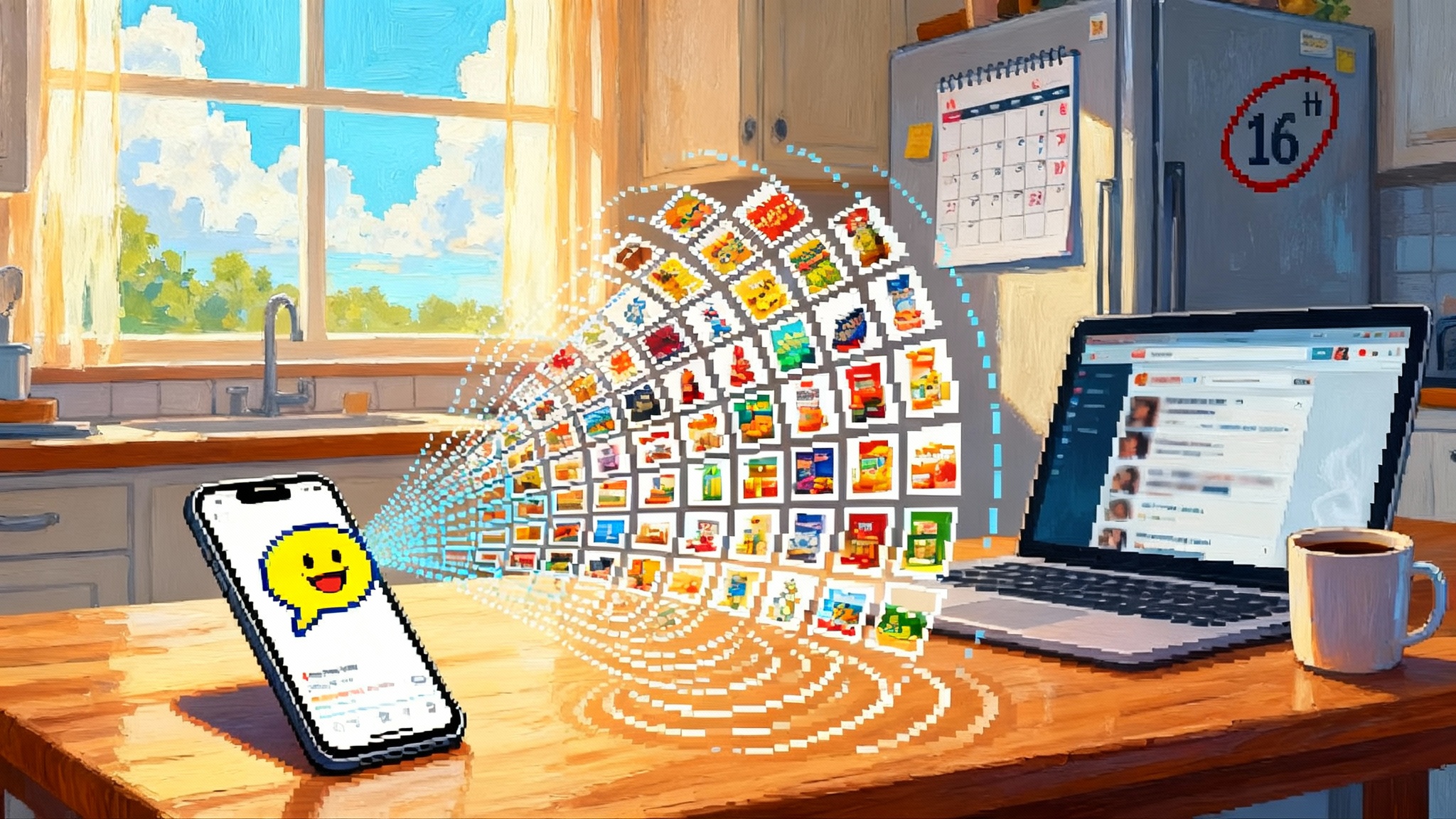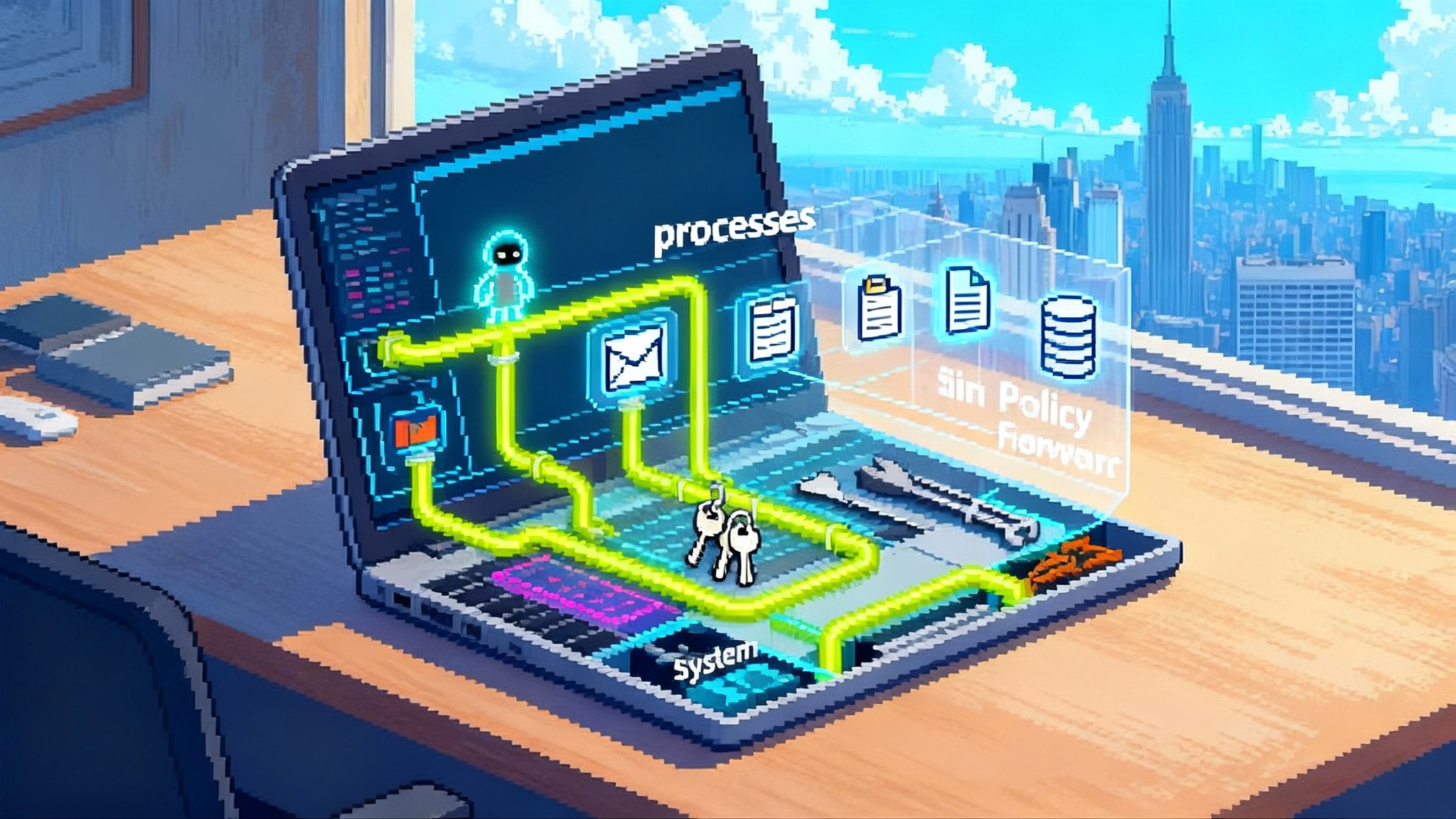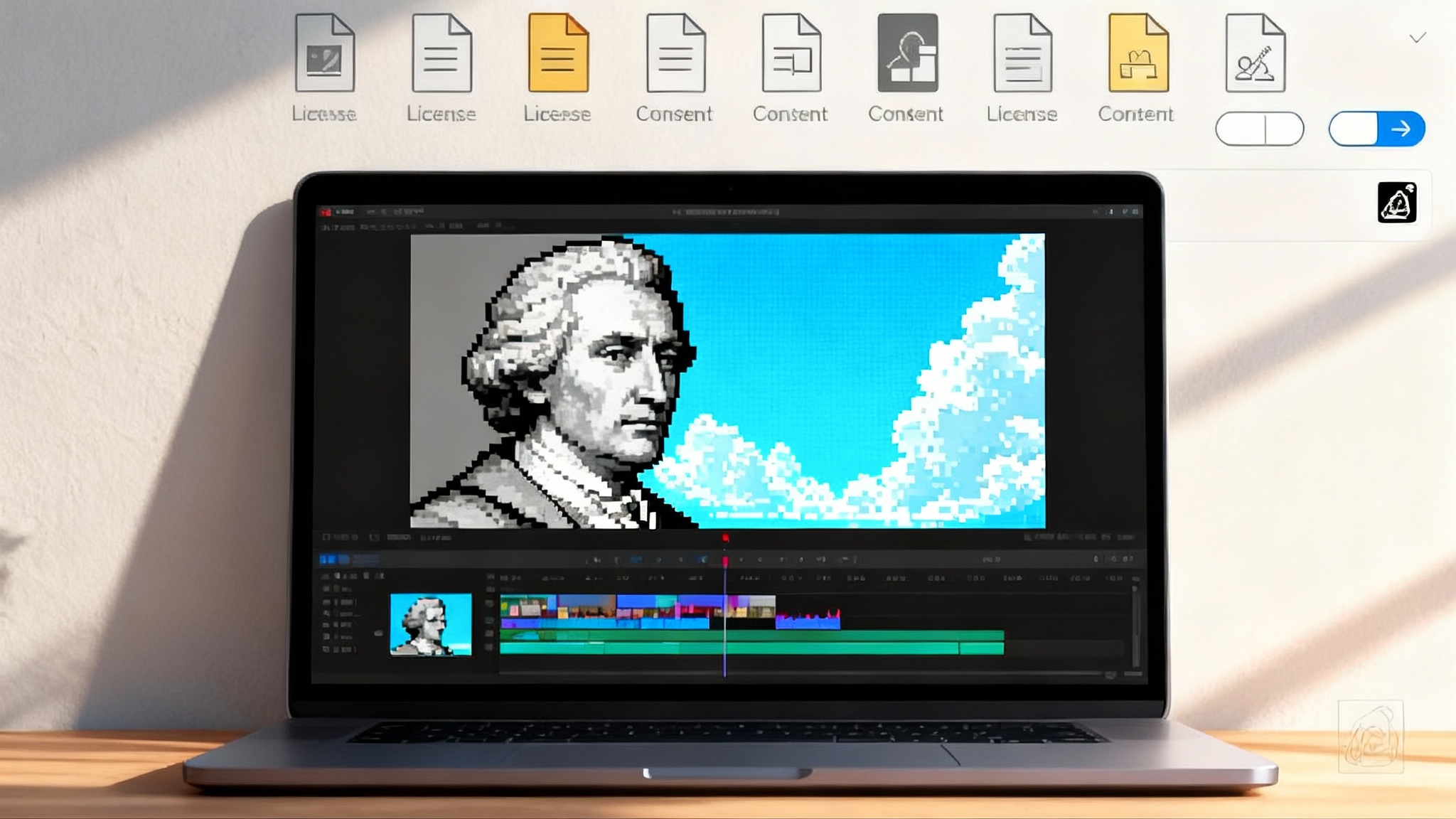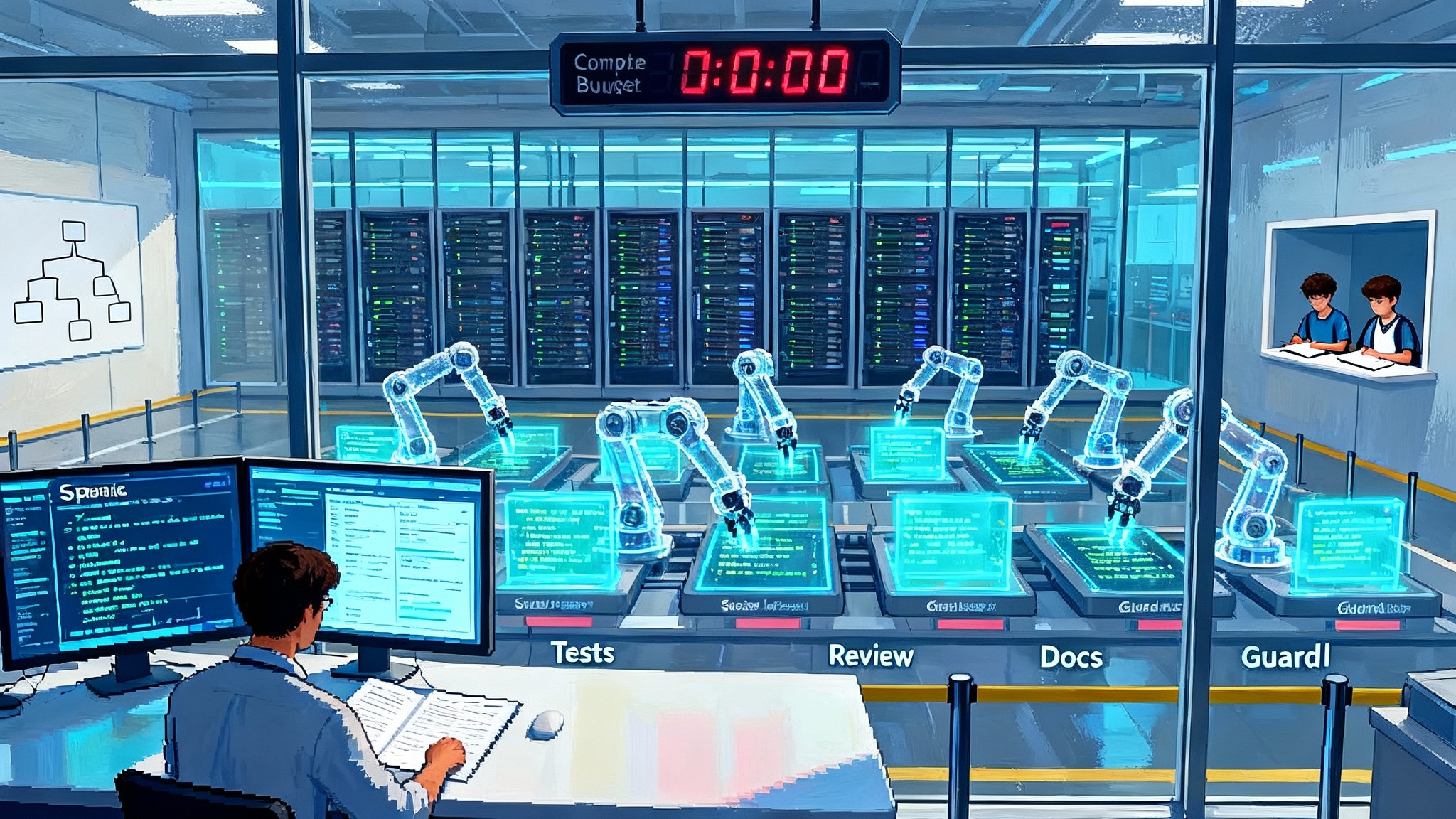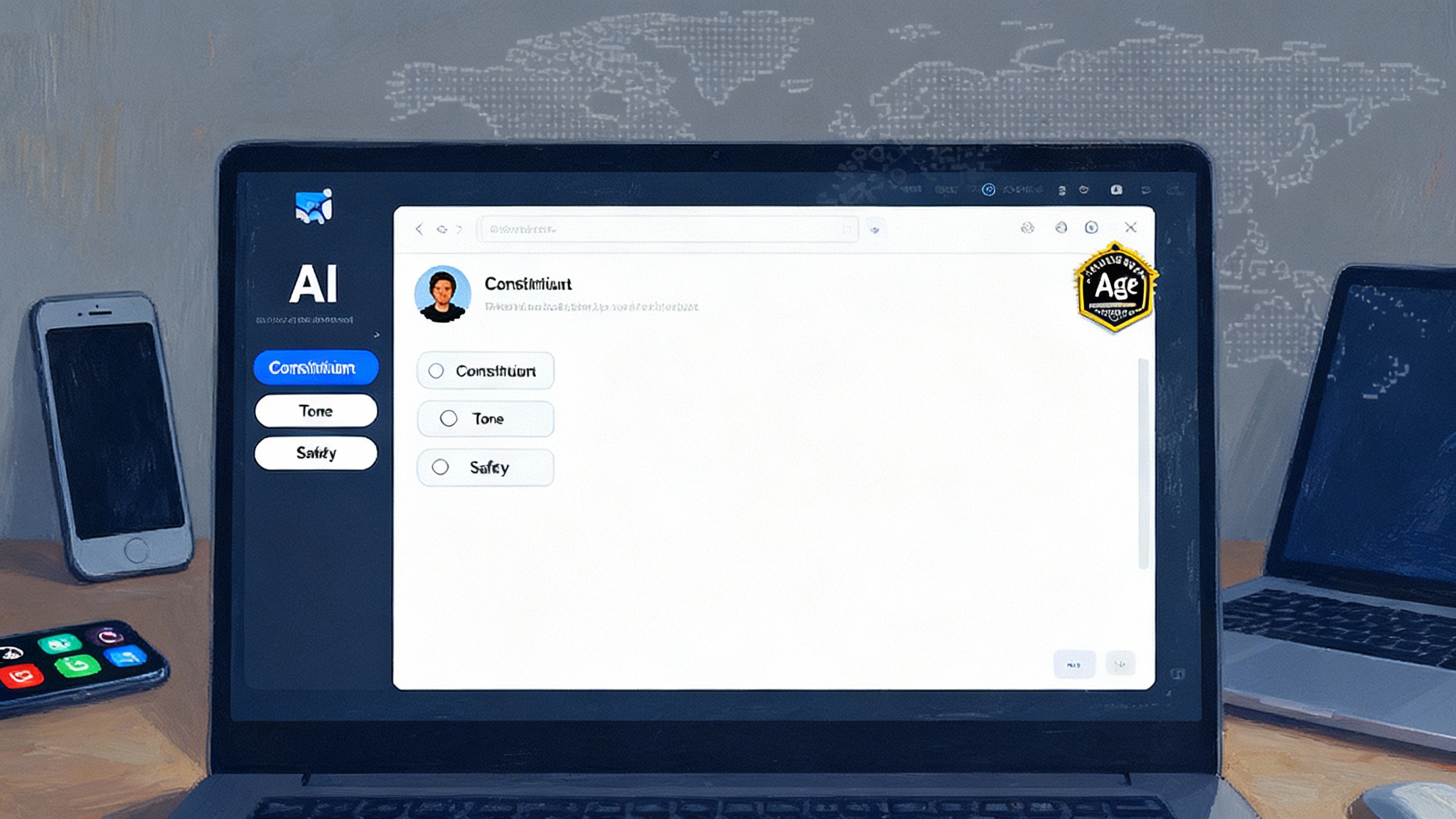Trends & Analysis
Articles under the Trends & Analysis category.
Proof-of-Compute Is Here: Attested AI Becomes Default
Confidential AI moved from policy talk to cryptographic proof. Learn how compute passports, TEEs, and GPU attestation are reshaping data deals, compliance, and platform moats across the AI stack in 2025.
Charter Alignment: OpenAI’s Foundation to PBC Pivot and AGI Gates
OpenAI’s shift to a foundation-controlled public benefit corporation rewires how frontier AI is financed and released, from Microsoft’s refreshed pact to an AGI verification panel that gates commercialization and shapes accountability.
Authenticity as an API: The Reality Layer After Deepfakes
Deepfakes flipped the stack from moderation to verification. This playbook shows how signed outputs, Content Credentials, and agent readable truth receipts will reshape feeds, ads, and newsrooms within two years.
Once the Weights Are Out: Who Governs Forkable Cognition?
Open weights turned advanced models into forkable engines that anyone can run, tune, and ship. This piece maps the new power centers, shows how safety moves to the edge, and outlines a practical runtime and compliance playbook for 2025.
Licensed Memory Arrives: AI's Shift to Clean Data Supply
AI is moving from scrape first habits to rights cleared memory with warranties, recalls, and lineage. Here is how licensed data supply chains reshape models, procurement, and the products customers will trust.
The UI Becomes the API: Agents Learn to Click After Gemini 2.5
Google’s Gemini 2.5 Computer Use turns every pixel into a programmable surface. Agents can click, type, and scroll like people, collapsing the gap between UI and API. Here is how products, safety, and moats will change next.
When the House Starts to Think: Ambient Agents Move In
Smart homes are shifting from talk-to-me gadgets to agents that perceive, remember, and coordinate. This guide explains how the home graph, sensors, privacy rules, and subscriptions change daily life and what to do next.
Compute Eats the Grid: Power Becomes the AI Platform Moat
AI’s scarcest input is not chips, it is electricity. Amazon is backing modular nuclear in Washington, Georgia may add about 10 gigawatts, S&P sees demand tripling by 2030, and DOE is backing grid upgrades.
The Consent Collapse: When Chat Becomes an Ad Signal
Starting December 16, Meta will use conversations with Meta AI to personalize feeds and ads. This shift treats assistant chats as ad signals, raising urgent questions for trust, consent, and how we design agents people can believe in.
From Leaderboards to Audits: The New AI Market Gatekeepers
In 2025, public programs from NIST and the UK shifted AI evaluation from one-off benchmarks to living audits. This new gatekeeping layer favors agents that prove behavior with logs, scenarios, and portable test suites across jurisdictions.
Protocol Eats the App: MCP Turns AI Into an OS Layer
Two quiet moves changed the AI roadmap. Anthropic connected Claude to Microsoft 365 over MCP, and Google brought MCP to Gemini. As agents shift from apps to protocols, MCP turns AI into an operating layer where policy and safety are code.
Editable Afterlife: Who Owns the Dead in the Age of AI
Generative video has turned cultural memory into a writable medium. As realistic tools collide with grieving families and patchwork laws, we need consent registries, estate APIs and strong provenance so remixing the dead grows art without erasing dignity.
Playbooks, Not Prompts: Skills Become Enterprise Memory
Prompts are giving way to a playbook layer. Anthropic, OpenAI, and Salesforce are packaging procedures into portable skills that agents can load, test, and audit, turning know-how into enterprise memory.
From Rules to Rails: Europe Builds Public AI Infrastructure
In one October week, Brussels moved from writing AI rules to building the rails that make them real. Explore the EU Apply AI push, why it matters, and a 180 day U.S. playbook for competitive, safe adoption at scale.
The Supervisor Era: Humans Edit, Models Write the Code
An AI lab reports most team code now comes from models, while platforms ship toolchains for agent workflows. Supervision, specs, evals, and compute budgets become the levers. Here is how to adapt in 90 days.
The Good-Enough Frontier: Small Models Take the Lead
Cheap, fast, and close to your data, small AI models are crossing the threshold of sufficient intelligence. Learn how orchestration, fleet governance, and smart placement beat raw size on reliability, speed, and cost.
The Great Data Partition: AI Browsers Face a Licensed Web
AI-native browsers are arriving just as the open web gets priced and permissioned. Here is how licenses, provenance, and new payment flows will change research, model training, and everyday browsing over the next two quarters.
AI Alignment Gets Personal: Users Pick Moral Settings
Alignment is moving from hidden defaults to visible user controls. Verified adults may soon toggle mature themes and choose tone, while teens get capped experiences. Here is how selectable constitutions will reshape AI products.








